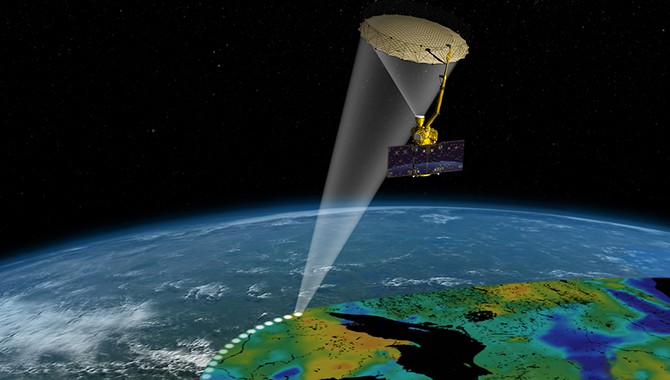
A recent GAO report confirmed that cost and schedule growth among NASA’s major acquisition projects remains low compared with previous years.

A recent GAO report confirmed that cost and schedule growth among NASA’s major acquisition projects remains low compared with previous years.
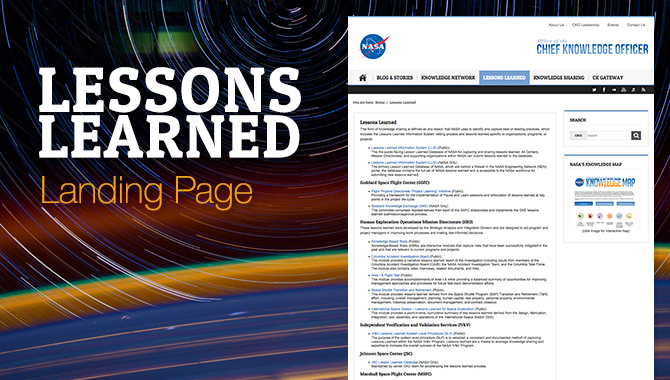
“Where do you go for Lessons Learned at NASA?”

What do some of the greatest engineering innovations have in common? They started with a mistake.
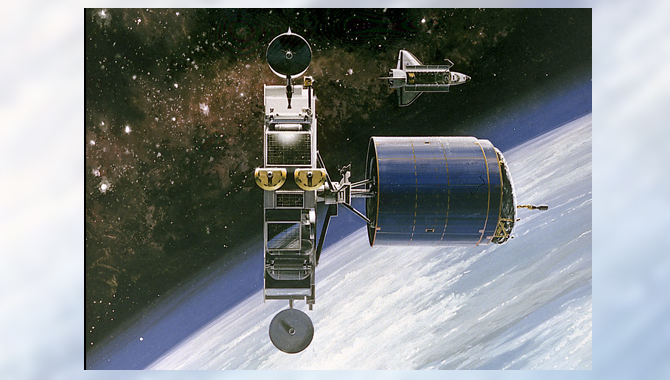
I’m not sure that the decisions I made as operations manager of the Orbital Maneuvering Vehicle (OMV) program nearly three decades ago were necessarily mistakes, but the problems that ultimately killed the OMV were certainly real.
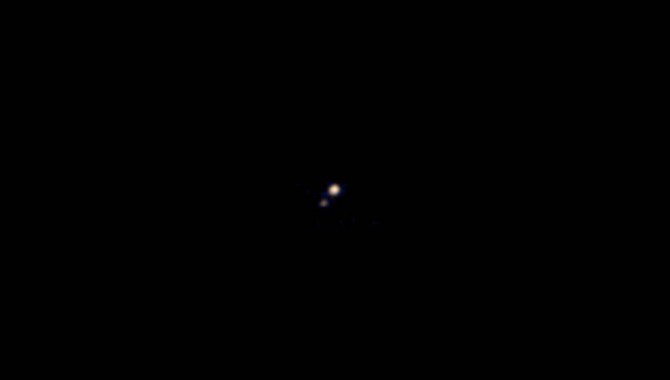
After traveling more than 3 billion miles through space, NASA’s New Horizons spacecraft is the first mission to explore the farthest reaches of the solar system.
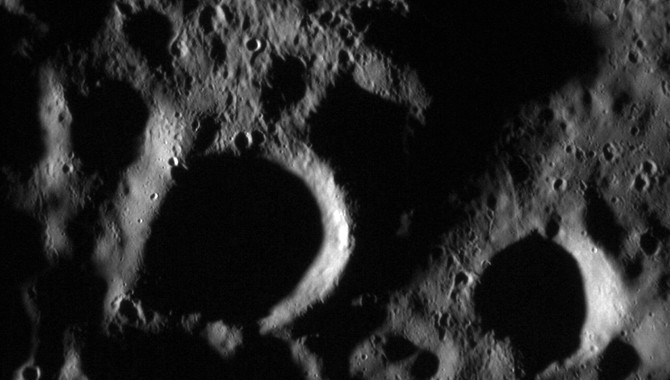
NASA’s Mercury orbiter is completely out of fuel. But that hasn’t stopped it from returning groundbreaking data about the innermost planet.
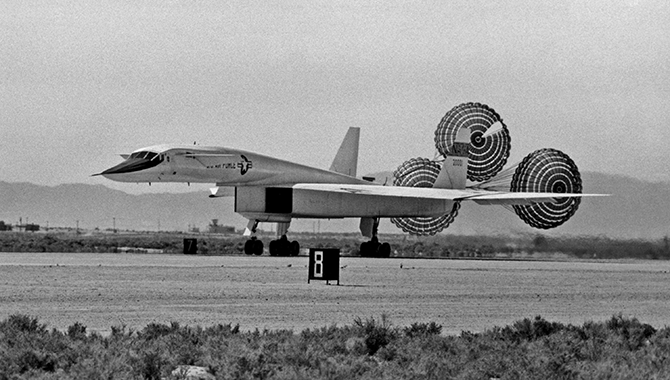
On April 25, 1967, the XB-70—a high-altitude supersonic long-range bomber—flew under the NASA banner for the first time.
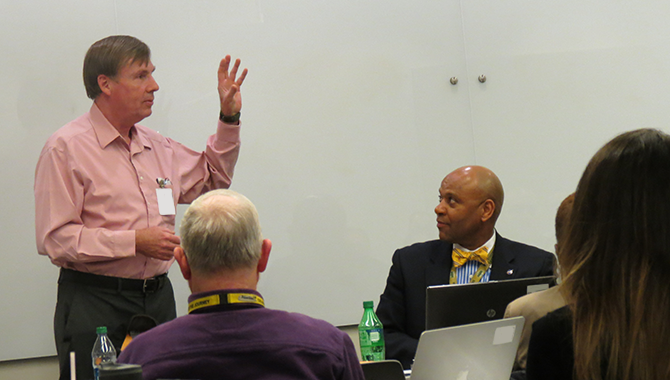
James Van Laak, former Operations Manager for the International Space Station (ISS), shared hard-earned wisdom with APPEL’s Foundations of Aerospace course participants.